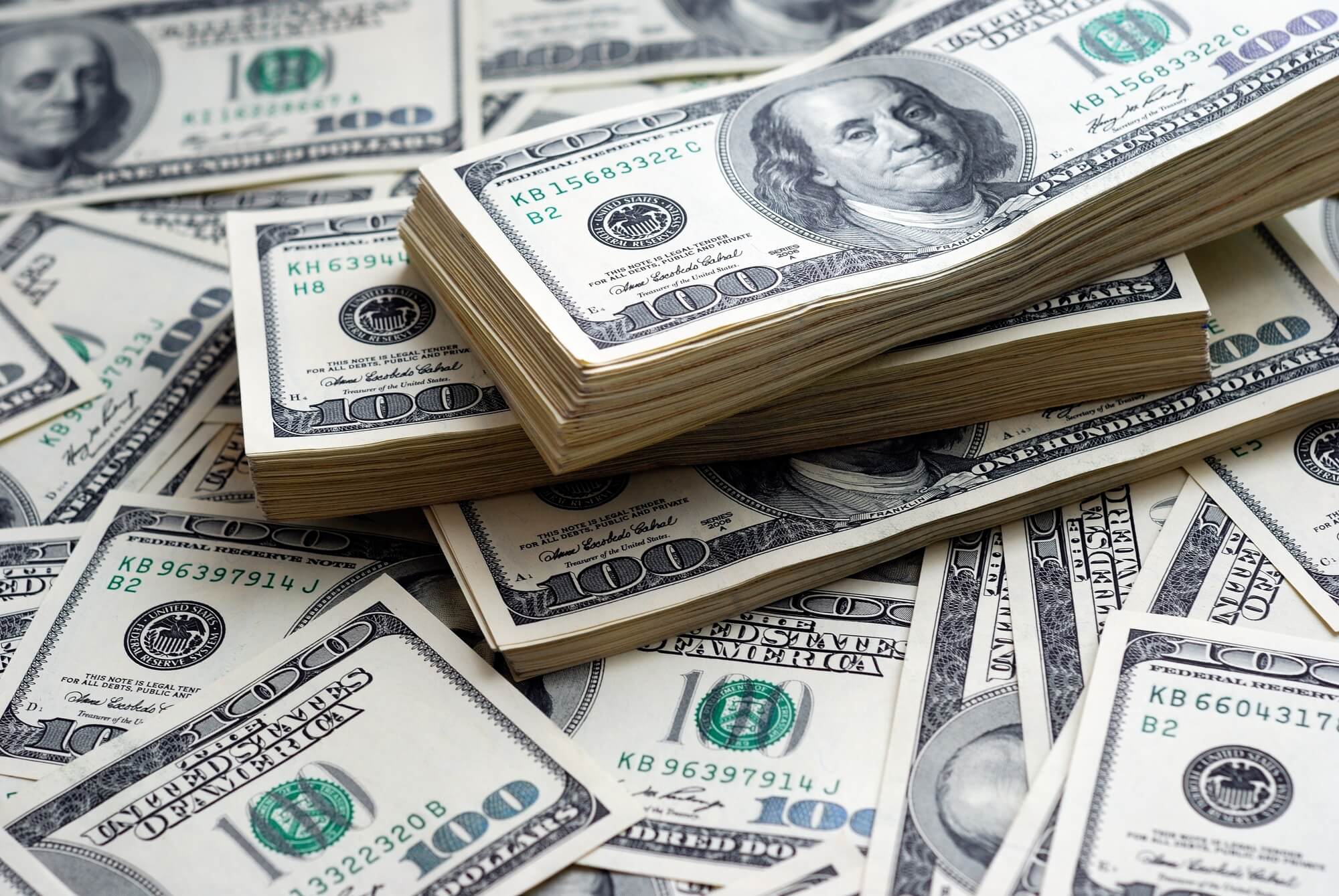Everyone needs money to shop, get a car, or buy a property. As much as people love the convenience of electronic wallets, cash, or checks, some situations require a more secure payment, such as money orders that consumers use as an alternative to checks. While some people may have heard about it from a friend, others learned about it from free debt counseling sessions they’ve previously had. If you’re thinking of using money orders, we’ve pulled together everything you need to know about them.
What are Money Orders?
The government or banking institution issues certificates called money orders that allow the stated payee to receive cash on demand. Like checks, money orders are another form of paper payment.
However, they differ because a check can bounce if your bank account doesn’t have sufficient funds, while a money order won’t since they’re pre-paid using checks or your debit card. The most common financial institutions that offer money orders are the United States Postal Office (USPS), MoneyGram, or Western Union.
Money orders have certain credit limits. For instance, the credit limit could range from $500 to $1,000 per money order depending on the issuing financial institution. Money orders are a safer form of payment than cash because they have the recipient’s and financial institution’s names on them. This information makes it difficult for anyone to cash out the money.
What to Do if You Lose Your Money Order
Although money orders are more secure than cash, they could still get lost or stolen. If you lost your money order, be sure to track it. The issuing financial institution always provides a receipt if you purchase a money order from them. The receipt should have the serial number or money order number and the location where it was issued. Get this information and input it into the tracking page of the issuing financial institution’s website.
You can also cancel the money order. If you purchased the money order through Western Union, you could cancel it if the payee hasn’t cashed it yet. It’s worth noting that the USPS and MoneyGram don’t allow cancellations but replace money orders if they get lost or stolen.
How to Safely Store Money Orders
You might not be able to get your money back if another person, other than the payee, cashed the money order. Follow these steps to avoid this scenario:
Fill out the money order as soon as you get it.
One of the biggest mistakes people make with money orders is filling it out too late. As much as possible, fill your money order out as soon as you get it. Make sure the payee’s name is legible so no one else can cash it out.
Keep the receipts.
If you lose your money order, having the receipt can expedite the cancelation process, allowing you to get the replacement money order or refund sooner.
Double-check the shipping information before sending it.
The last thing you want is the money order to fall into the wrong hands. Always double-check the information you wrote before sending it out.
Do You Need Free Debt Counseling?
DebtHelper is an IRS-approved 501(c)3 nonprofit Florida Corporation that empowers individuals to get out of debt. Our multilingual, multinational team puts you first whether or not you join the program. These certified professionals strive to get to the root of the counseling issues and help seek resolution. Call now to make an appointment.






